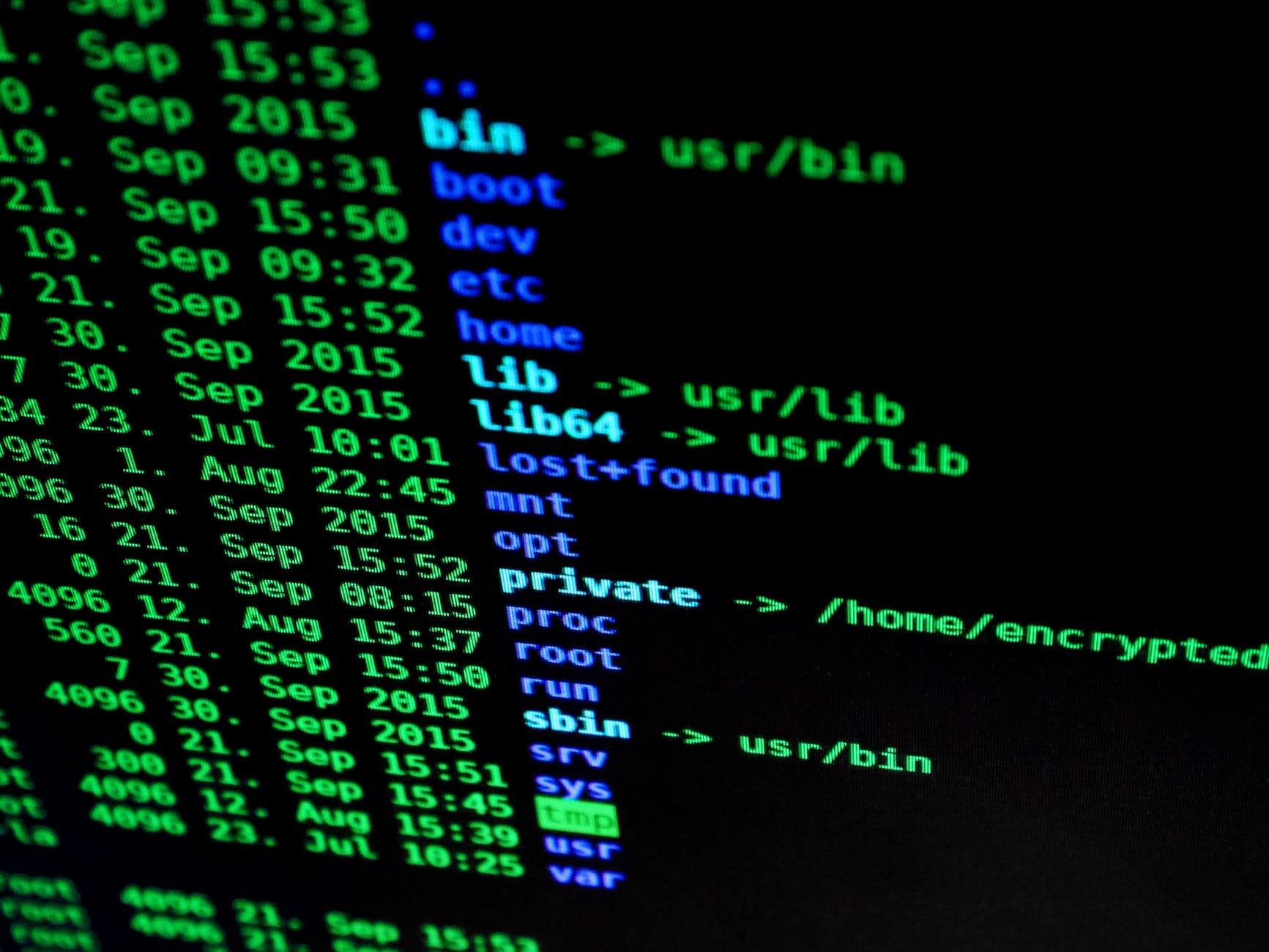Cybersecurity is crucial for protecting Manufacturing Execution Systems (MES) and ensuring the integrity, availability, and confidentiality of data. Here are some basic fundamentals to consider for enhancing cybersecurity in MES systems:
- Implement Access Controls: Restrict the access to MES systems by implementing strong authentication mechanisms, such as multi-factor authentication, and assigning appropriate user roles and privileges.
- Regularly Update and Patch: Keep MES systems up to date with the latest security patches and updates provided by manufacturers. Regularly apply patches to fix vulnerabilities and protect against known threats.
- Network Segmentation: Segment the MES system from the corporate network and other critical systems to prevent unauthorized access. Implement firewalls and intrusion detection systems to monitor and control traffic flows.
- Strong Passwords and User Policies: Enforce strong password policies, requiring complex and unique passwords. Encourage users to regularly change their passwords to minimize the risk of unauthorized access.
- Secure Remote Access: If remote access to MES systems is required, use secure methods such as Virtual Private Networks (VPNs) or secure remote desktop protocols. Encryption should be utilized to protect data during transit.
- Implement Security Monitoring: Deploy security monitoring tools to track and analyze system logs for any signs of suspicious activity. Implement real-time alerts to quickly identify and respond to potential breaches.
- Regular Backups: Create regular backups of MES system data and test the restoration process. This ensures that critical data can be recovered in case of system compromise or data loss.
- Employee Training and Awareness: Educate employees about cybersecurity best practices, such as recognizing phishing emails, avoiding suspicious downloads, and reporting security incidents promptly.
- Vendor Management: For third-party systems, ensure proper vetting of vendors and their cybersecurity practices. Regularly review vendor security policies and perform security assessments when necessary.
- Incident Response Plan: Develop an incident response plan that outlines the steps to be taken in the event of a security incident. This will help minimize the impact and facilitate a quick recovery.
Remember, cybersecurity is an ongoing process. Regularly reassess and update your security measures to adapt to the evolving threat landscape.


